Probiotics including living microbes beneficially affect the health of the host. It is abundantly available in yogurt and other dairy products. According to the International Scientific Association, Probiotics and Prebiotics are defined as “Live microorganisms, which when administered in adequate amounts, confer a beneficial effect on the health of the host.”
Prebiotics are non-digestible food ingredients such as fructooligosaccharides (FOS), Lactulose and inulin that beneficially affect the host by selectively stimulating growth and increase the activity of a limited number of probiotic like bacteria in a colon.
Probiotics can be varied; they can be yeast, bacteria or moulds. Most commonly, bacterial species are predominant. Some of these species are:
- Lactic Acid Producing Bacteria (LAB): Lactobacillus, Bifidobacterium, Streptococcus
- Non-lactic acid-producing bacterial species: Bacillus, Propionibacterium
- Non-pathogenic yeasts: Saccharomyces
- Non-spore forming and non flagellated rod or coccobacilli
Advantages of Lactobacillus
- It produces enzymes responsible for the metabolism and digestion of carbohydrates and proteins
- Helps in synthesis of vitamin B and vitamin K
- Helps in breakdown of bile salts
- Enhances innate and acquired immunity
- Inhibit pro-inflammatory mediators.
Advantages of Bifidobacterium
- Metabolises lactose and generates lactic acid
- Synthesizes vitamins
- Ferments indigestible carbohydrates
- Produces beneficial short-chain fatty acids
Properties of Probiotics
- Non-pathogenic and non-toxic
- Produces a beneficial effect
- Tolerates the gastrointestinal environment
- Has a good shelf life
- Replaces and restates intestinal microflora
Role of Probiotics in dental caries
Probiotic and modulation in bacterial molecular genetics have been used to replace cariogenic organisms such as mutans streptococci and Lactobacillus species with strains of bacteria that are not cariogenic. One such example is S. mutans with a glucosyltransferase C (gtf C) gene mutation.
The acidogenic potential theory and formation of water-insoluble extracellular polysaccharides (glucans) from sucrose lead to the adhesion of colonisation of bacteria causing dental caries. These glucans are synthetise by glucosyltransferase B, glucosyltransferase C, and glycosyltransferase D genes.
The mutated gtfC gene lowers the ability of S. mutans to produce extracellular glucan, and the decrease is from 51% – 33% of the biofilm volume in extracellular matrix component of mixed oral biofilms.
Hillman et al. obtained S. mutans strain that produces a bacteriocin active in other S. mutans strains into the oral cavity that replaces the naturally-occurring cariogenic strains.
Role of Probiotics in periodontitis
In halitosis, the use of gum or lozenges containing S. salivarius K12 is known to reduce the levels of volatile sulphur compounds.
In chronic periodontitis, Lactobacillus brevis and L. reuteri ATCC55730 and ATCCPTA5289 strain available in probiotic chewing form play an important role in reducing inflammation.
They decrease the levels of pro-inflammatory cytokines,
collagenase activity and other inflammatory markers in saliva and gingival crevicular fluids.
Role of Probiotics in Orthodontic Treatment
Orthodontic brackets and wire create an environment of cariogenic bacteria to grow, also it causes white spot lesion after removal of brackets. Fruit yogurt with Bifidobacterium animalis subsp. Lactis DN -173010 is helpful in the reduction of salivary mutans streptococci in orthodontic patients with fixed appliances.
Role of Probiotics in Oral Cancer
Probiotics are known to interfere at various stages of the cancer process, by interfering with chromosomal and DNA damage. However, further study is required to develop specific regulations on their consumption.
Role of Probiotics in Oral Candidiasis
Candida is a common commensal of the oral cavity, constitute about 50% of the entire oral microflora. Cheese containing probiotic L. rhammnosus GG has proved a reduction in oral candida.
Indications of Probiotics
- Rotavirus diarrhea
- Can be used if the child is resistant to specific antibiotics
- Food allergies and lactose intolerance
- H. pylori infection
- Inflammatory or Irritable Bowel Syndrome
Conclusion
Probiotic is the natural way to maintain overall health and also protect the oral cavity from various dental diseases. Dairy products and yogurt containing probiotic strains of bacteria are useful in the prevention of caries in early childhood. During childhood, the gastrointestinal flora is not established and administration of probiotics at that time gives positive life-long health. Therefore, a pediatric dentist plays a vital role in maintaining and instilling positive life-long health through probiotics.
References
-
- Kraft-Bodi E, Jorgensen MR, Effect of Probiotic bacteria on oral candida in Frail Elderly, JDR Clin Research Supp 94(9)2
- Haukioja A (2010) Probiotica and Oral Health. European Journal of Dentistry 4: 348-355.
- Suvarna VC, Boby VG (2005) Probiotics in human health. A current Assessment. Current Science 88: 1744-1748.
- Twetman S, Blicks CS, Probiotics and oral health effects in children, Journal of Clinical Pediatric Dentistry 2008; 18:3-10
- Narwal A, Probiotics in Dentistry – A Review Journal of Nutrition & Food Sciences. 2011 1:5

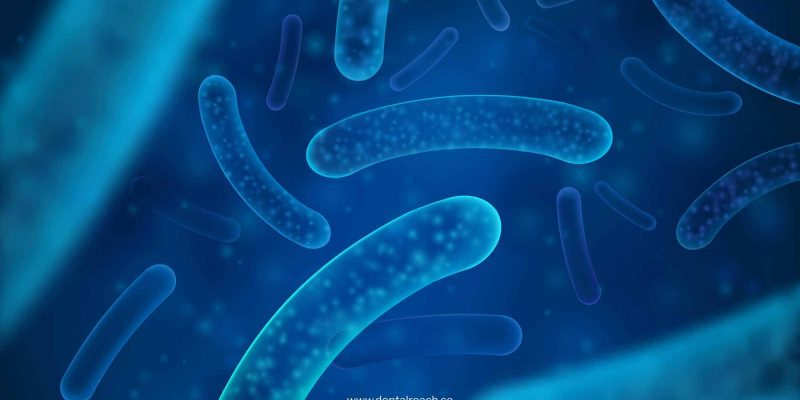



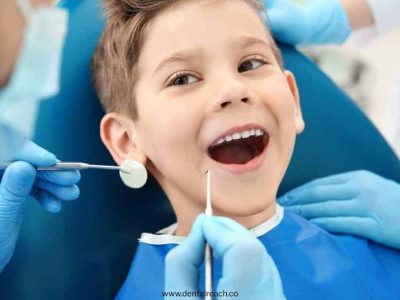
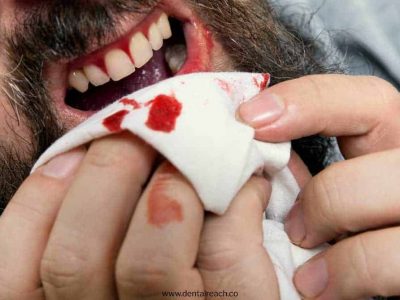


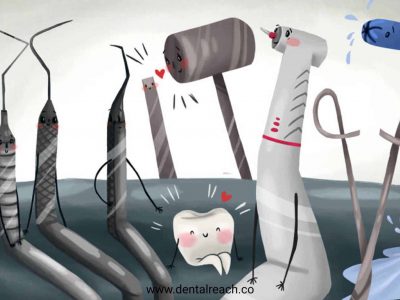
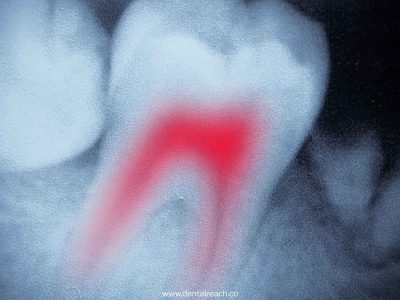









Comments